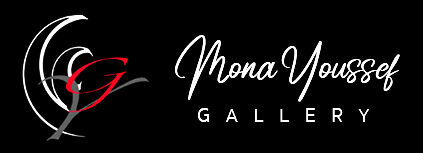Uncover the language of flowers
Symbolism and mythology have surrounded the history of flowers for thousands of years, influencing our responses and provoking our emotions. Thus, Artists and writers have given meanings to flowers and to their colors! Van Gogh’s Sunflower painting represented happiness. He painted seven versions of them as the sunflower was a symbol of devotion and loyalty as well these flowers are reminder of the cycle of life and death. Because Sunflowers blindly follow the sun, have become symbol of infatuation or foolish passion. Shakespeare used flowers to convey emotions and in 1958 Picasso painted “Bouquet of peace” to commemorate the peace demonstration held in Sweden. The painting was created of four large flowers; blue, yellow, red and orange with two hands holding the flower stalks to convey conveys a sense of hope and unity. This painting was made up of four large flowers and three smaller ones. The intoxicating Jasmine flower in Hindu art represents love as well red Rose simplify love and is considered the enslaver of heart that is never been deprived of attention. The daisy symbolizes innocence and purity. Lily Symbolizing humility and devotion and is the favorite of ancient rulers and emperors.
During the Victorian period, flowers were used as symbols and gestures of sentiments. The Thistle, a thorny plant with a beautiful flower, represents both evil and protection. In Christianity, it represents the suffering of Christ. With the rise of Christianity, its snow-white petals have been entrusted to symbolize the purity of the Virgin Mary. Whereas a red carnation once was a symbol of love and suffering, associated with the blood shed by Christ in Christian art.
In 1809, Joseph Hammer-Purgstall published the first Dictionary for the language of flowers. But until the nineteenth century that floriography became formalized. Though floriography was popularized in Europe, it was inspired by women of the Ottoman Empire who used flowers to convey messages that they could not say aloud. In fact, Greek and Armenian women helped Hammer-Purgstall understand the language of flowers and translate traditional Turkish sayings into French.
Flower symbolism became even more elaborate in 1819 when Louise Cortambert wrote Le language des Fleurs, a dictionary on the language of flowers. The rise of flower symbolism during this time makes sense, as it was the height of the Romantic era where nature was seen, as beauty, where people were heavily influenced by their emotions. Floriography allowed for a tangible exchange of these emotions as the example of Ophelia who wore flowers as symbols of her deep sorrow and grief. In Jan Davids de Hem‘s painting “Flowers in glass vase”, white carnation symbolized purity, cleanliness and unblemished Christian life.
With this thought, I wish you a bright weekend and my gratitude to all of you who continuingly support and follow my posts.
©Mona Youssef
